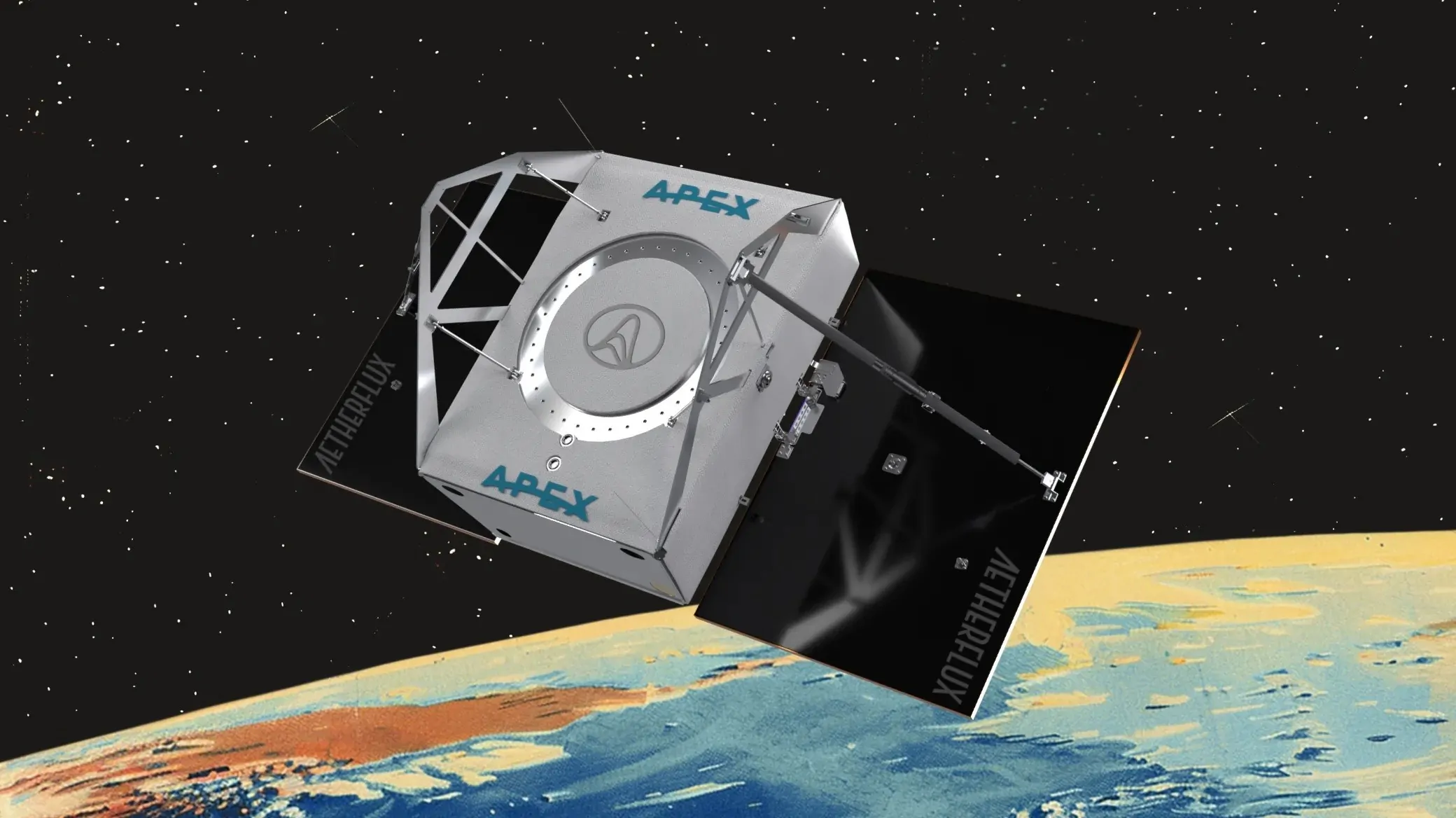
Unlike the earth’s surface, there is a much higher level of solar energy in space, and humanity has been looking for ways to reach this huge energy source for a long time.
Aetherflux The US-based startup named plans to launch and test the satellite, which will be the first step of this dream, as early as 2026.
The company’s approach is quite opposite to the previously planned methods.
Previous designs planned to build a giant space solar field, which would cost billions of dollars, and transfer it to a huge radio antenna on the ground with microwave energy.
However, instead of space construction, the new initiative proposes thousands of small constellation satellite systems that can fit on Starship, which will be SpaceX’s large reusable rocket.
In the previous design, it was planned to be in a stationary orbit, but this is both more expensive and means a much longer distance to the Earth. These satellites, like Starling, will be closer to the surface and therefore will travel constantly. But since there are many satellites, when one satellite goes out of range, another will be in range.
Again, the system will use infrared laser beam instead of microwave energy from space to earth, so an area of 10 square meters will be sufficient for energy reception instead of huge antennas. Many of these stations will be easily installed, thus increasing efficiency and ensuring mobility.
Since the satellites are in low orbit, they will be in a day and night cycle, unlike old designs. It is planned to have batteries on them to prevent interruptions.
The places where the company plans to primarily provide service are planned to be settlements where it is difficult to deliver energy, disaster areas, military bases and islands where land is limited. Who knows, in the future, energy may be delivered to moving marine vehicles, ships and boats. Yachts, ships or even caravans that will run on energy coming from space could be pretty cool. It seems to be commercially modular, scalable and flexible, as it can instantly provide as much energy as desired to the person who wants energy distribution, whenever and wherever they want, as long as they have the receiving equipment.
The investor who embarked on this space adventure is a space enthusiast named Baiju Bhatt, one of the founders of the billion-dollar startup Robinhood, which offers commission-free financial asset management services over the internet. He left his active role at Robinhood this year. Moreover, he will finance all expenses of around 10 million dollars for the prototype satellite, in which the company will prove that the system it will launch will work, from his own wealth.
This news our mobile application Download using
You can read it whenever you want (even offline):




